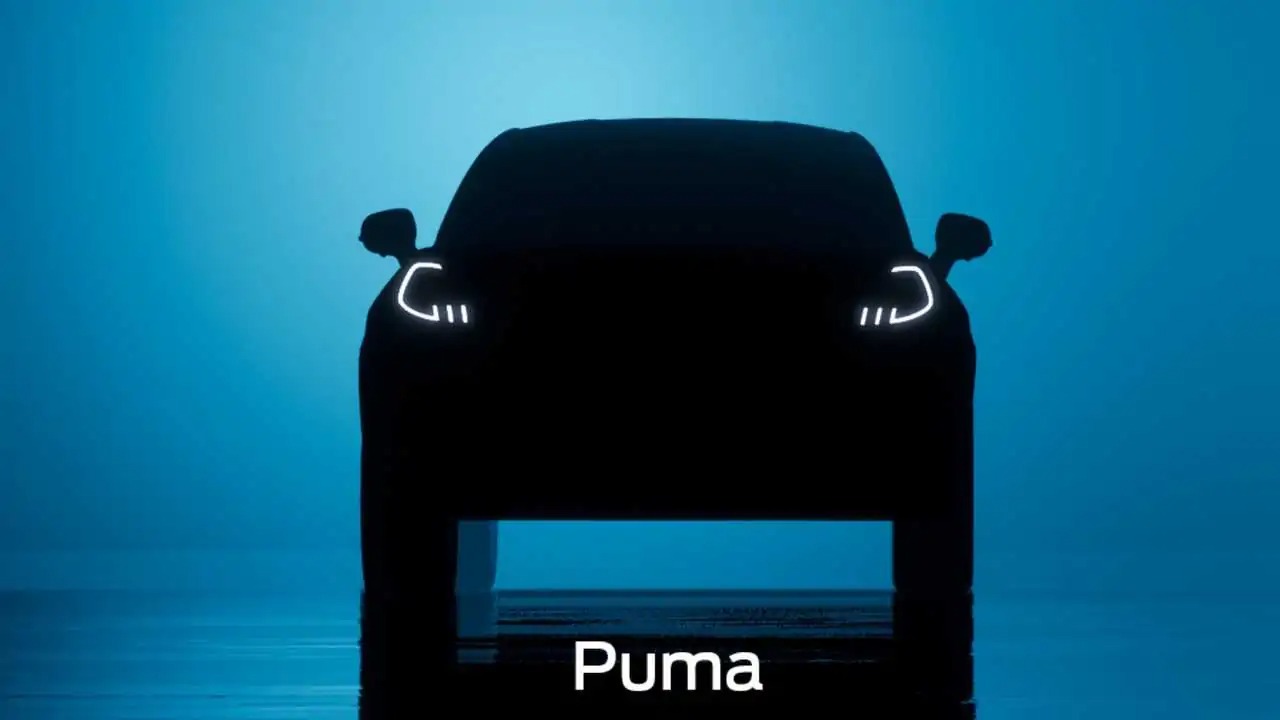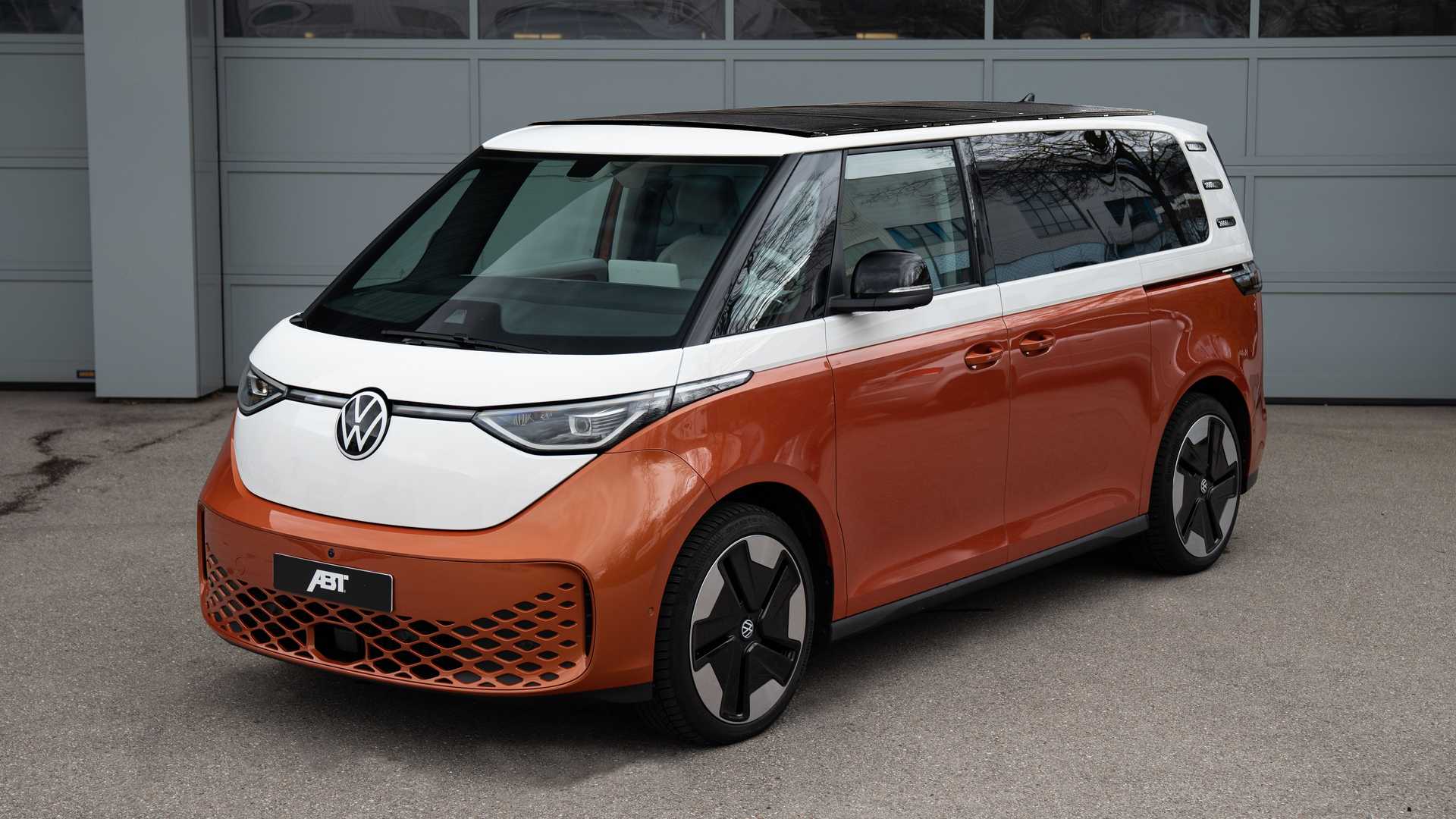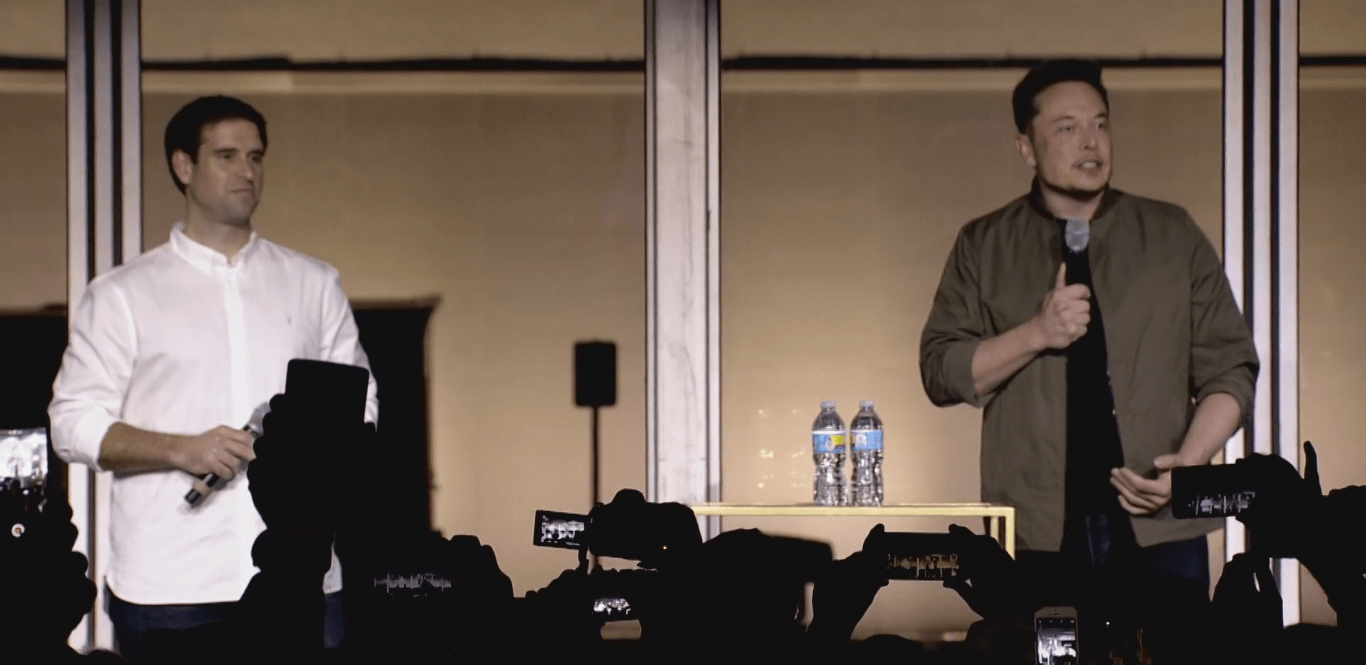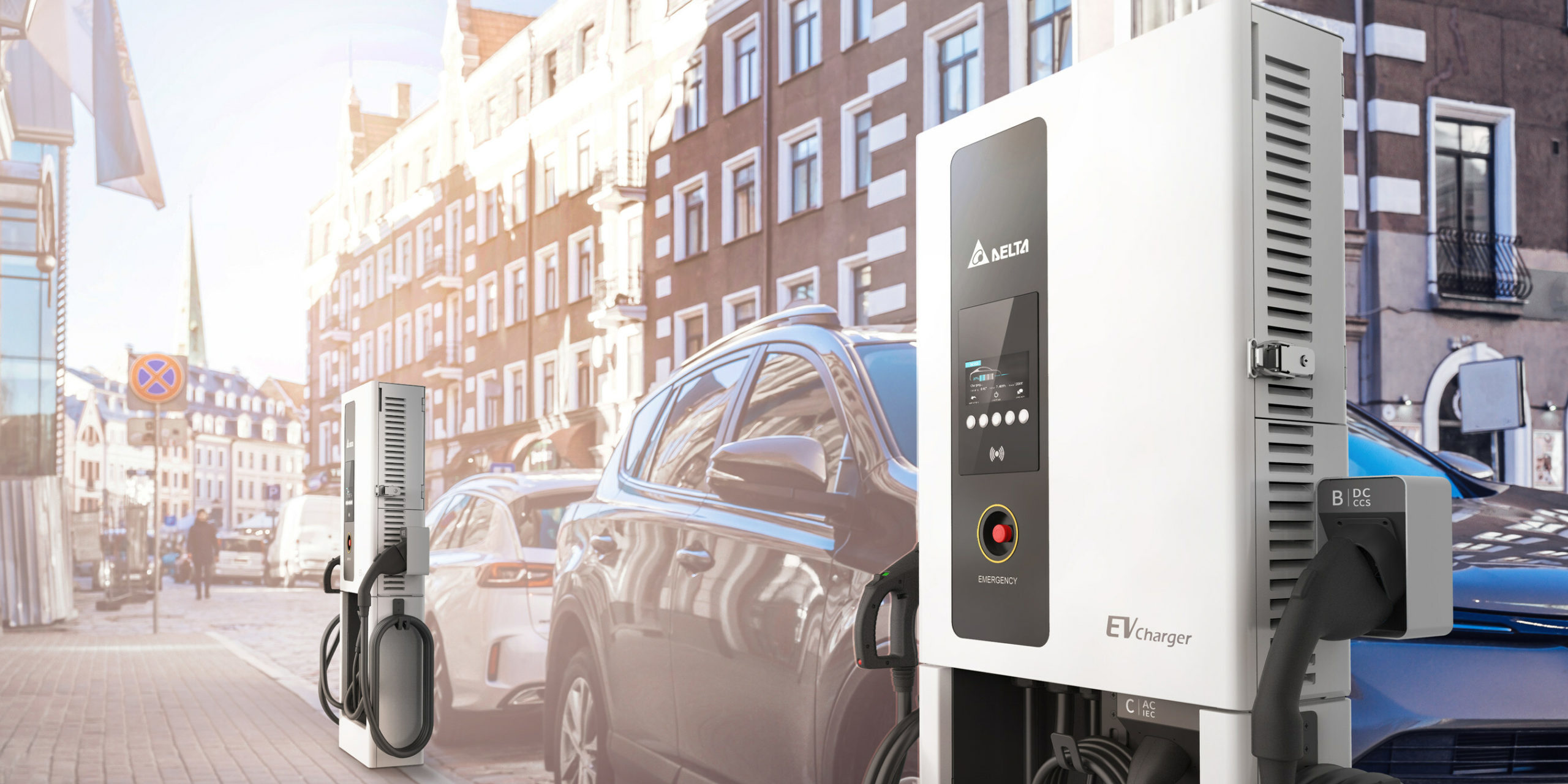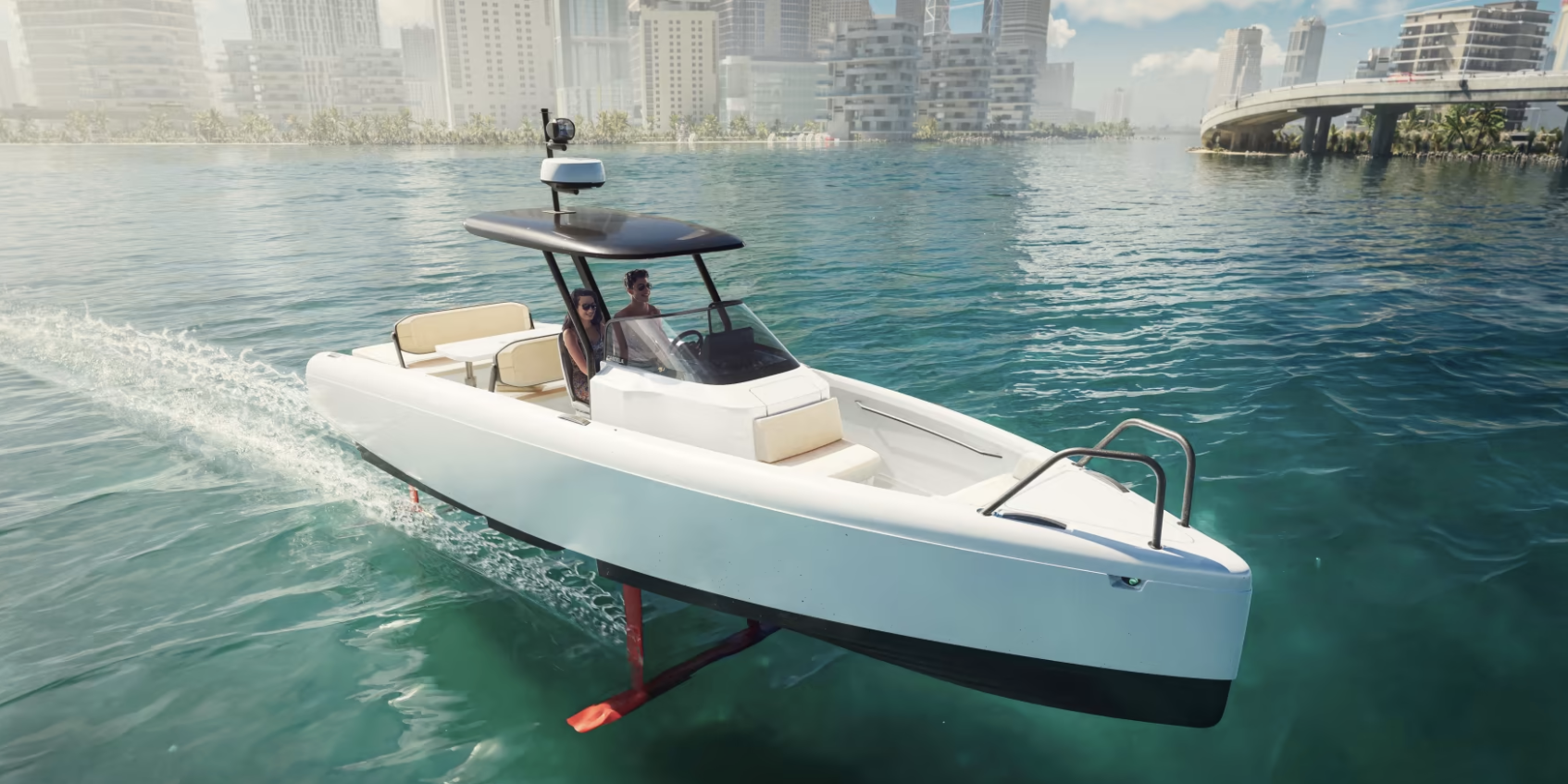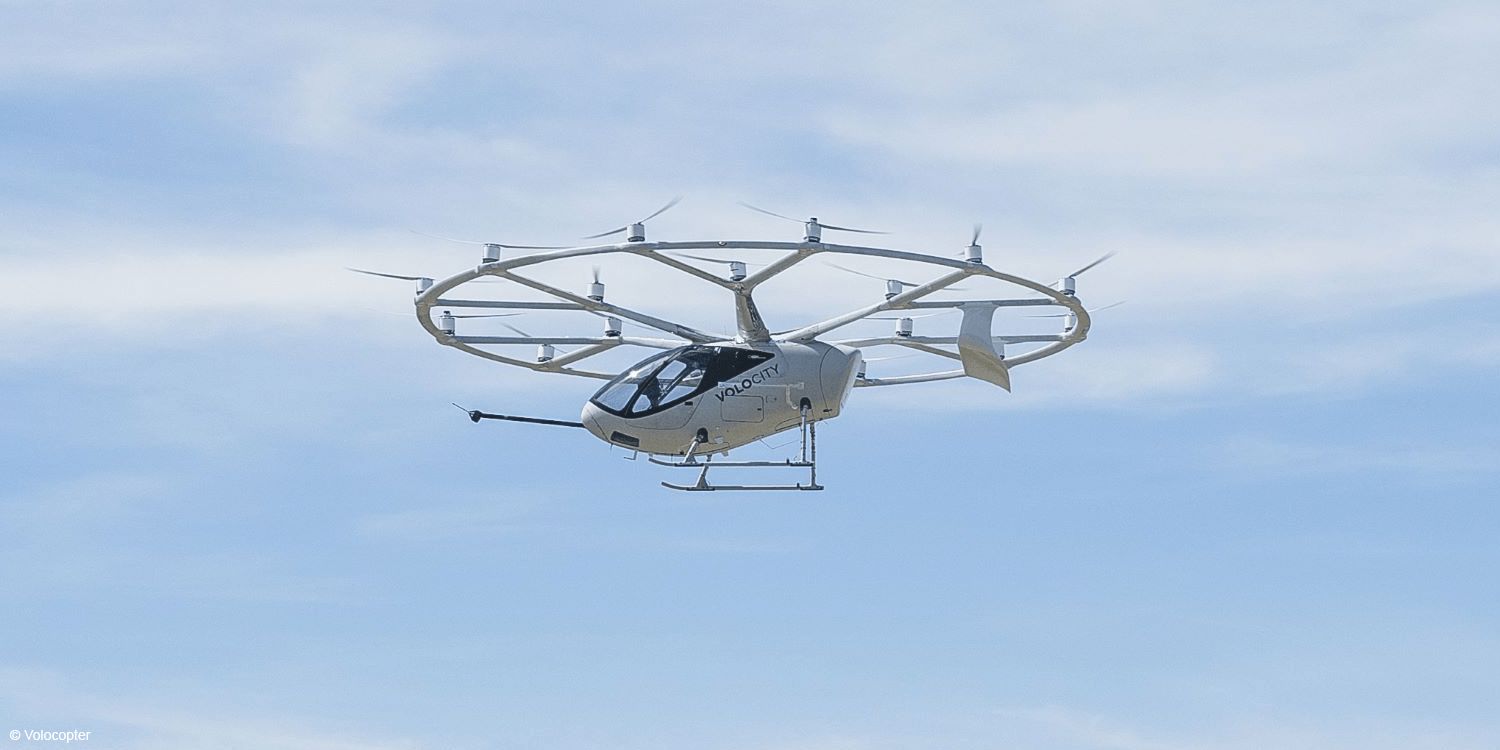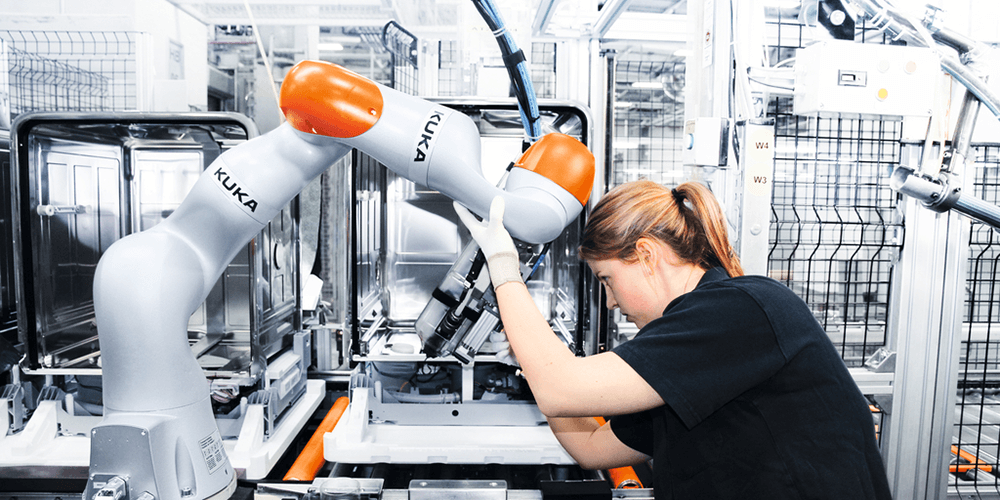Ford is set to launch the 2024 Puma EV subcompact crossover next year, and it is likely to share the all-electric powertrain with the 2023 E-Transit Courier battery-electric van, recently unveiled by Ford Pro. The automaker has used an electrified version of the combustion-engined Puma’s front-wheel-drive B2E architecture for its smallest commercial electric vehicle. Therefore, it is logical for the Puma EV to use the same powertrain as the E-Transit Courier, particularly as both models will be manufactured from 2024 at the same plant in Craiova, Romania.
The automaker has engineered the electric powertrain together for Puma and Courier at the same time, indicating that the two EVs will share similar specifications. Moreover, it is working on only one battery for the smallest model of the electric Transit family. Sharing the battery pack between the two vehicles makes economic sense, particularly since the battery is the single most expensive component of an EV. Also, the E-Transit Courier and 2024 Puma EV should be the most affordable Ford electric vehicles in Europe.
Ford has not disclosed full specifications for the E-Transit Courier, but we do know that it features a 100-kilowatt (134-horsepower) front-mounted electric motor and can take charging at up to 100 kW using a rapid charger. It can add 54 miles (87 kilometers) in 10 minutes and charge from 10 to 80 percent in less than 35 minutes. Based on these numbers, Autocar estimates the E-Transit Courier’s battery capacity is 55-kilowatt-hour, which would theoretically provide the Puma EV with a range of around 230 miles.
This range would be similar to that of the Peugeot e-2008, which has a range of 212 miles from a 50-kWh battery. The Puma EV is expected to compete against the Peugeot e-2008, Opel Mokka Electric, and possibly even the Mini Aceman. If the Puma EV gets the same 134-hp motor as the E-Transit Courier, it should also match the Peugeot e-2008’s 0-62 mph time of 9.0 seconds. However, Ford has more powerful motors at its disposal, so the Puma EV may be even faster if the automaker decides that.
Ford is taking advantage of its common electric powertrain to bring its affordable EVs to market. The automaker has engineered its electric powertrain together for the Puma and the E-Transit Courier, making it more economical to produce both models. Moreover, sharing the battery pack between the two vehicles makes economic sense, as the battery is the most expensive component of an EV. Therefore, this move may help Ford become more competitive in the European EV market, where the Peugeot e-2008 and Opel Mokka Electric are already popular.

